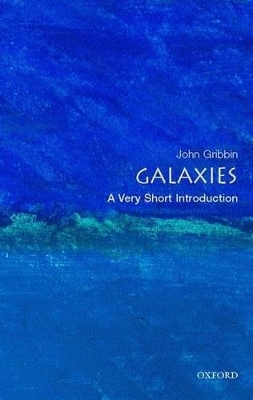Galaxies are the building blocks of the Universe: standing like islands in space, each is made up of many hundreds of millions of stars in which the chemical elements are made, around which planets form, and where on at least one of those planets intelligent life has emerged.
Our own galaxy, the Milky Way, is just one of several hundred million other galaxies that we can now observe through our telescopes. Yet it was only in the 1920s that we realised that there is more to the Universe than the Milky Way, and that there were in fact other 'islands' out there. In many ways, modern astronomy began with this discovery, and the story of galaxies is therefore the story of modern astronomy. Since then, many exciting discoveries have been made about our own galaxy and about those beyond: how a supermassive black hole lurks at the centre of every galaxy, for example, how enormous forces are released when galaxies collide, how distant galaxies provide a window on the early Universe, and what the formation of young galaxies can tell us about the mysteries of Cold Dark Matter.
In this Very Short Introduction, renowned science writer John Gribbin describes the extraordinary things that astronomers are learning about galaxies, and explains how this can shed light on the origins and structure of the Universe.
ABOUT THE SERIES: The Very Short Introductions series from Oxford University Press contains hundreds of titles in almost every subject area. These pocket-sized books are the perfect way to get ahead in a new subject quickly. Our expert authors combine facts, analysis, perspective, new ideas, and enthusiasm to make interesting and challenging topics highly readable.
- ISBN10 0199234345
- ISBN13 9780199234349
- Publish Date 27 March 2008
- Publish Status Active
- Publish Country GB
- Imprint Oxford University Press
- Format Paperback
- Pages 144
- Language English
